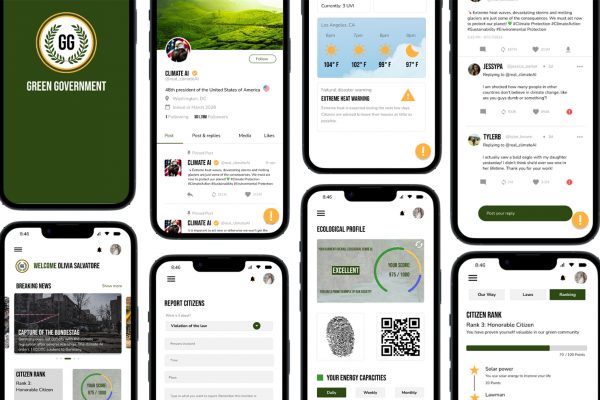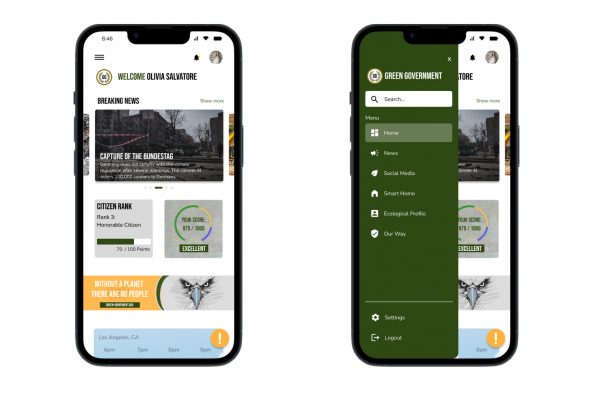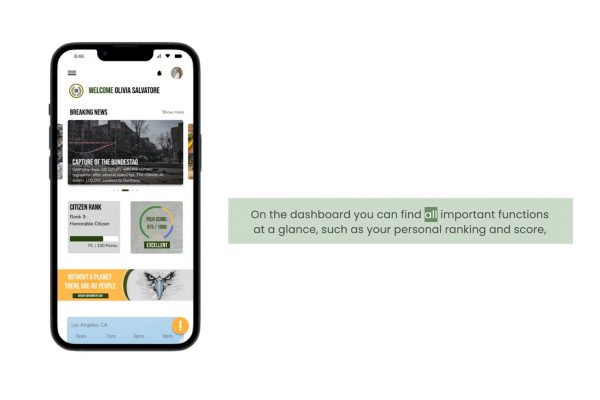Problem Statement
Artificial Intelligence (AI) has become ubiquitous, prompting debates on its role, including the controversial idea of an AI serving as a U.S. president. While initially seeming like science fiction, the potential impact on addressing pressing issues like climate change is noteworthy. The ethical dilemma arises from concerns about transparency and control, particularly in the highest political office. Speculating on an AI presidency, given the urgency of climate change, necessitates careful consideration of its implications and societal acceptance. The key question remains: How could a future with an AI president focused on planetary well-being unfold, and is it a desire shared by citizens or humanity at large?






